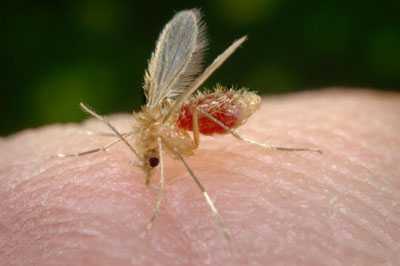Accurately Identifying Neglected Tropical Diseases
Using AMD methods to improve diagnosis and clinical management of leishmaniasis

AMD is improving diagnosis for leishmaniasis, a parasitic disease spread by sand flies.
is a parasitic disease found in over 90 countries in the tropics, subtropics, and southern Europe. The disease is caused by more than 20 different species (types) of Leishmania parasites, which are spread by the bite of sand flies. Infection with different Leishmania species can cause different clinical forms and consequences of infection. The three main clinical forms are visceral leishmaniasis, which can affect internal organs of the body (such as the spleen, liver, and bone marrow) and may be life threatening; cutaneous leishmaniasis, which causes skin sores that may last for months to years; and mucosal leishmaniasis, a potentially disfiguring form caused by infection in the nose, mouth, or throat.
Treatment of leishmaniasis depends in part on the Leishmania species or strain and the geographic area in which infection was acquired. Identification of the Leishmania species with which a person is infected helps guide clinical decisions, such as which treatment to use and how to monitor for and prevent consequences of the infection.
In the U.S. civilian sector, CDC’s reference diagnostic laboratory is the main source for identification of Leishmania species in human clinical specimens. Over the last several years, the number of specimens tested in CDC’s laboratory has progressively increased; the lab confirmed upwards of 100 cases of Leishmania infection per year in 2013 and 2014. However, current laboratory methods have limitations; for example, they can be time-consuming to use (which can delay treatment decisions) and they do not always succeed in identifying some of the Leishmania species.
To increase the ability to provide accurate and timely lab results, CDC scientists are applying advanced molecular detection (AMD) techniques to their existing collection of Leishmania parasite strains and creating a database of the genetic diversity among Leishmania parasites; CDC scientists are sequencing and comparing the genomes of multiple species and strains. The goal is to develop laboratory methods that improve the diagnosis (including species identification) and clinical management of leishmaniasis and that thereby improve the patient outcomes.
- Page last reviewed: November 6, 2015
- Page last updated: November 6, 2015
- Content source:


 ShareCompartir
ShareCompartir